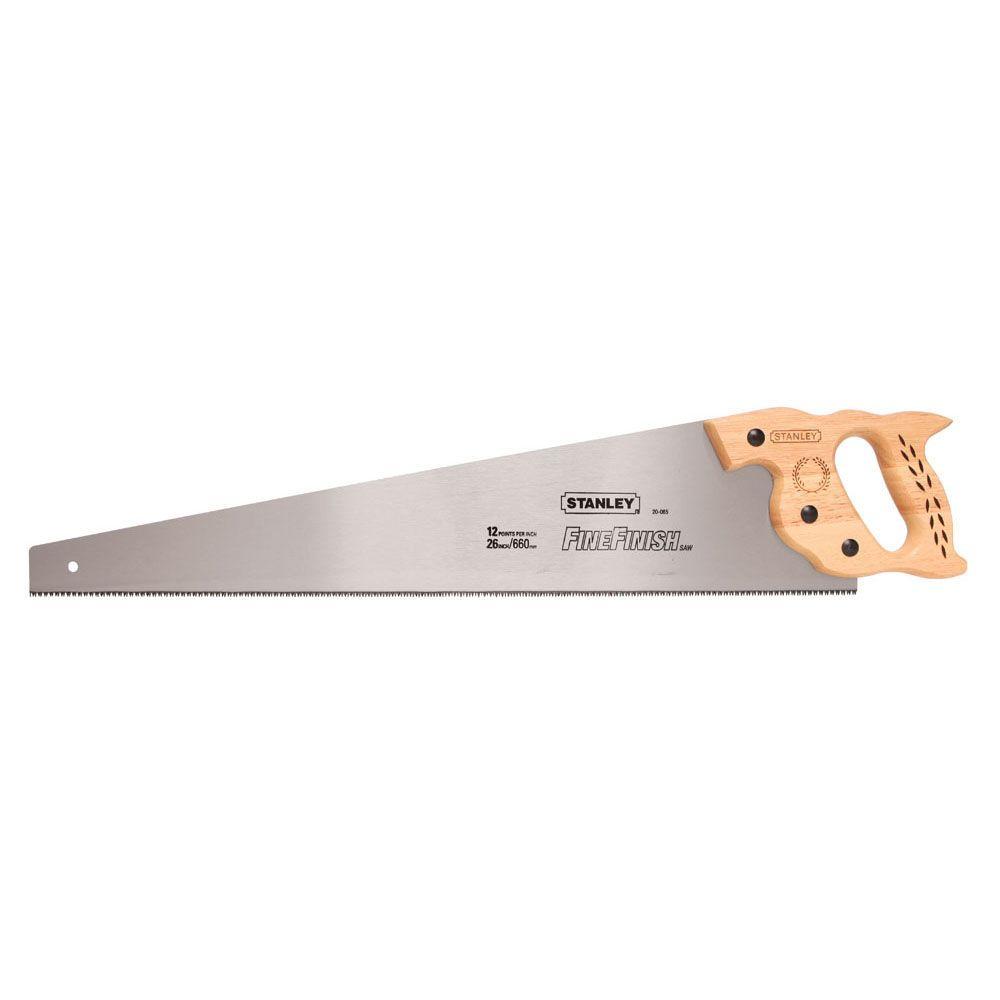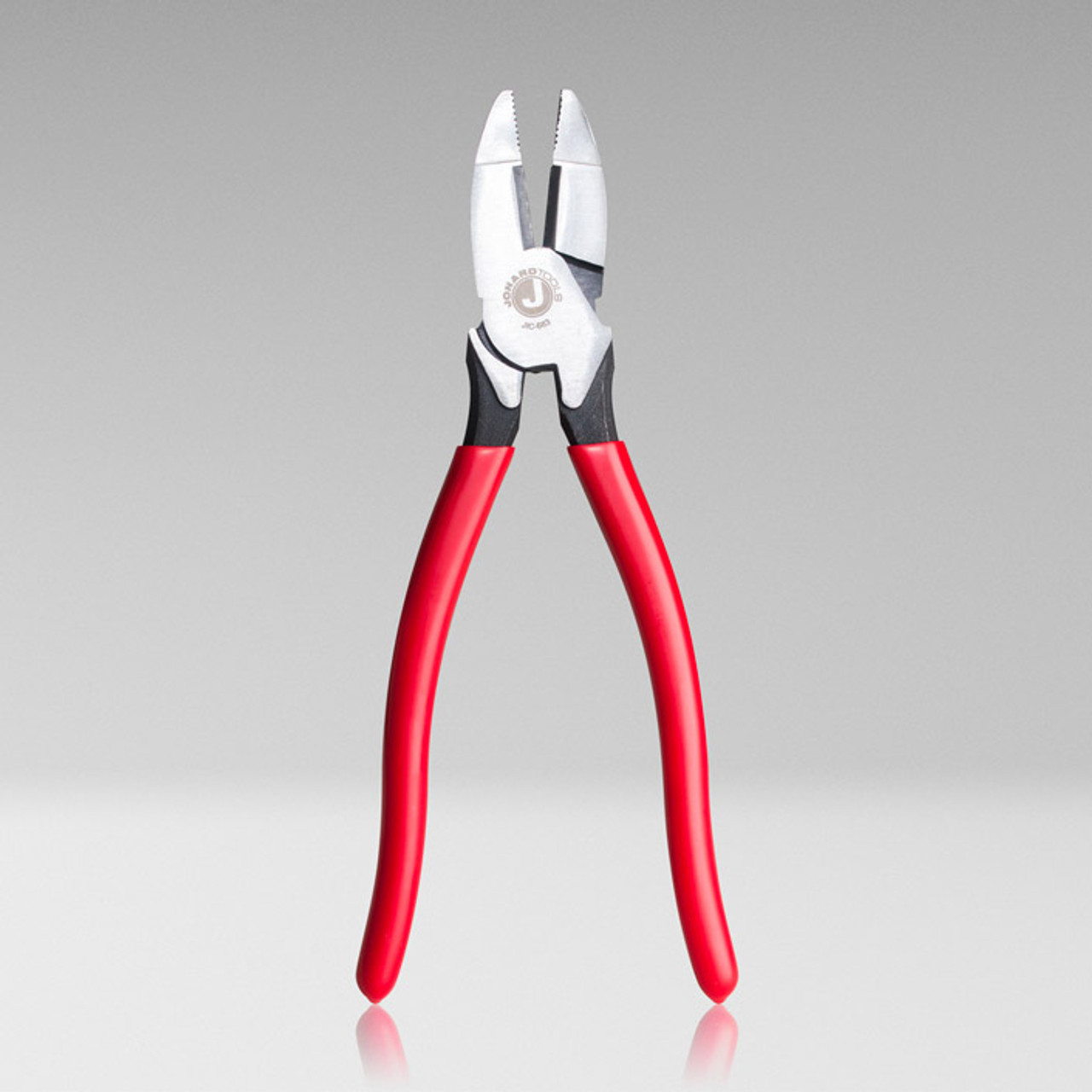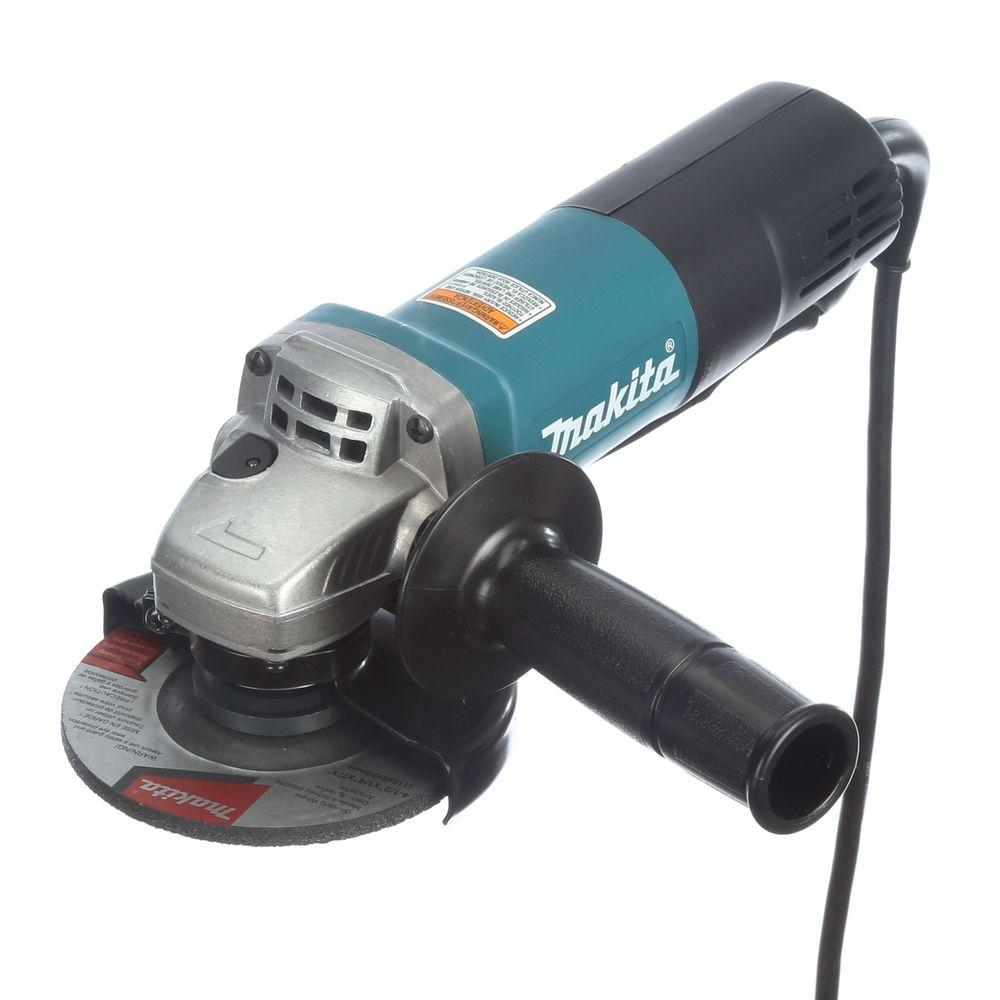Appropriate personal protective equipment (PPE) must
be available to anyone who comes in contact with a potential work hazard. This
can include hard hats, protective eye wear, earplugs, shoes, gloves and
clothing. Even an office worker who delivers a message to a work area near a
potential hazard must put on the appropriate PPE.
Type of Hand Tools
1. Hammer

a) Use a claw hammer for pulling nails and for driving nails.
b) Do not strike nails or other objects with the "cheek" of the hammer.
c) Do not strike one hammer against another hammer.
d) Do not use a hammer, screwdriver, file, etc., if your hands are oily, greasy or wet.
2. Hand Files & Rasp

2. Hand Files & Rasp

a) Do not use a file as a pry bar, hammer, screwdriver or chisel.
b) When using a file or a rasp, grasp the handle in one hand and the toe of the file in the other.
c) Do not hammer on a file.
3. Chisel

a) Use a chisel that has been sharpened; do not use a chisel that has a dull cutting edge.
b) Hold a chisel by using a tool holder if possible.
c) Clamp small work pieces in the vise and chip towards the stationary jaw when you are working with a chisel.
4. Hand
Saw

1. Wear
a Safety Mask and Goggles
2. Check
Material for Knots or Nails
3. Never
Test Sharpness with Hands
5. Side
cutting (Lineman’s) Pliers

1.
Wear safety glasses or goggles, or a face shield
(with safety glasses or goggles) whenever there is a potential hazard from particles,
pieces of wire.
2.
Cut at right angles. Never rock the
cutting tool from side to side or bend wire back and forth against the cutting
edges.
3.
Make sure that the cutting edges are
sharp. Dull and worn-down cutting edges require many times more force needed
for cutting.
POWER TOOLS
Type of Power Tools
1) Power Drill


a) Use brushes or vacuum machinery to remove metal chips, shavings and other debris from the drill table. Do not use your bare hands.
b) Do not use dull, cracked or bent drill bits.
2) Power Saw


a) Keep control of saws by releasing downward pressure at the end of the stroke.
b) Do not use a saw that has a dull blade.
c) Oil saw blades after each use of the saw.
d) Keep your hands and fingers away from the saw blade while you are using the saw.
c) Oil saw blades after each use of the saw.
d) Keep your hands and fingers away from the saw blade while you are using the saw.
e) Do not carry a saw by the blade.



3) Grinders

1. Clean
and service grinders according to manufacturers' recommendations. Record all maintenance
for grinders.
2. Do
not use wheels that are cracked or those that excessively vibrate.
3. Use
both hands when holding the grinder.
4. Wear
safety glasses or goggles, or a face shield (with safety glasses or goggles) to
protect against flying particles. Gloves, aprons, metatarsal safety boots, and
respiratory protection may be required, depending on the work.
4) Chainsaw

1. Check the air filter and clean when
needed.
2. Ensure that chain is clear of
obstructions before starting.
3. Engage the chain brake before starting
the chain saw.
4. Ensure that you have secure footing
and that your stance is well balanced.
5) Nail
Gun

1. Carry a nail gun with your finger on
the trigger.
2. Lower, raise or carry a nail gun by
the hose. If the gun gets caught on something don’t pull it.
3. Use the non-dominant hand to operate
the nail gun.
Comments
Post a Comment